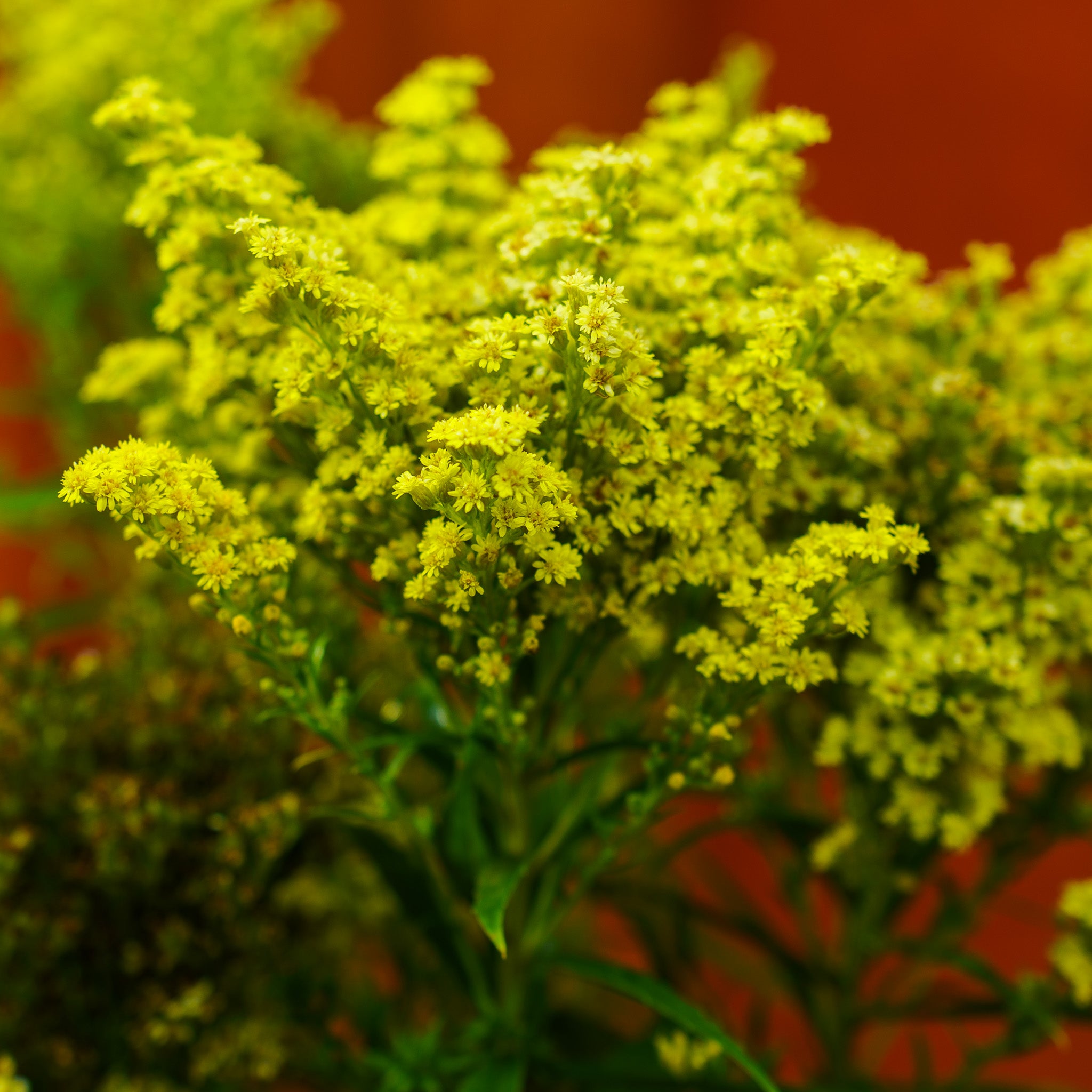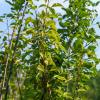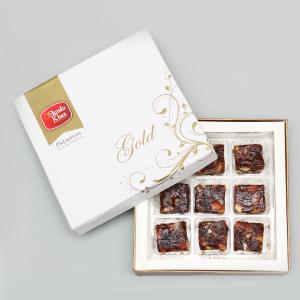Little Lemon Goldenrod Clearance Websites
$18.99 Original price was: $18.99.$15.00Current price is: $15.00.
Free Shipping On Orders Over $50.
Little Lemon Goldenrod (Solidago ‘Little Lemon’)
Little Lemon Goldenrod (Solidago ‘Little Lemon’) is a compact, floriferous perennial that produces bright, lemon-yellow flower plumes late in the season. Unlike traditional goldenrods, this variety offers a more controlled growth habit, making it perfect for small gardens, borders, and containers. Its late-summer to early-fall blooms provide valuable nectar for pollinators, adding both beauty and ecological benefits to the landscape.
Distinctive Features
‘Little Lemon’ forms low, bushy mounds of narrow, deep green foliage topped with airy sprays of soft yellow flowers. The blooms emerge in late summer and persist through early fall, attracting butterflies, bees, and other beneficial insects. This dwarf selection is known for its tidy, non-invasive growth habit, reaching only 10 to 14 inches tall and spreading up to 18 inches wide, making it an excellent alternative to taller goldenrod varieties.
Growing Conditions
- Sun Exposure: Full sun to light partial shade.
- Soil: Prefers well-drained, moderately fertile soil; tolerates sandy and clay soils.
- Water: Moderate watering; drought-tolerant once established.
- Humidity: Adaptable to various conditions with good air circulation.
- USDA Hardiness Zones: 4-9, making it suitable for a wide range of climates.
Ideal Uses
- Perennial Borders: Provides late-season color in mixed plantings.
- Pollinator Gardens: A vital nectar source for bees and butterflies.
- Rock Gardens: Compact size makes it ideal for small spaces.
- Wildlife Gardens: Supports beneficial insects in naturalized settings.
- Containers: Adds cheerful color to patio or balcony gardens.
Low Maintenance Care
Little Lemon Goldenrod is an easy-care, adaptable perennial that thrives with minimal attention.
- Watering: Keep soil evenly moist during establishment; drought-tolerant once mature.
- Pruning: Deadhead spent blooms to encourage prolonged flowering.
- Fertilizing: Minimal feeding needed; compost in spring promotes strong growth.
- Pest and Disease Resistance: Highly resistant to pests and deer; does not cause hay fever.
- Winter Care: Cut back dead stems in late fall for a tidy appearance.
Why Choose Little Lemon Goldenrod?
Little Lemon Goldenrod offers a compact, non-invasive alternative to traditional goldenrods, providing long-lasting blooms and essential pollinator support.
- Soft Lemon-Yellow Flowers: A refreshing twist on classic goldenrod.
- Dwarf, Compact Habit: Perfect for small gardens and containers.
- Late-Season Pollinator Magnet: Provides nectar when other plants fade.
- Drought Tolerant: Thrives in dry soils with minimal care.
- Low Maintenance: Requires little attention once established.
For a vibrant splash of color in late summer and fall, Little Lemon Goldenrod (Solidago ‘Little Lemon’) is an excellent choice for borders, pollinator gardens, and container plantings.
How to Use Little Lemon Goldenrod: You can plant it in perennial borders for late – season color in mixed plantings. It’s a wonderful addition to pollinator gardens as it provides nectar for bees and butterflies. In rock gardens, its compact size fits perfectly in small spaces. It also supports wildlife in naturalized settings and adds a cheerful pop of color to patio or balcony gardens when planted in containers. Growing Conditions: It prefers full sun to light partial shade. Well – drained, moderately fertile soil is ideal, and it can tolerate sandy and clay soils. Water it moderately during establishment and it becomes drought – tolerant once it’s mature. It can adapt to various humidity conditions with good air circulation and is suitable for USDA Hardiness Zones 4 – 9. Maintenance Tips: Keep the soil evenly moist while it’s establishing. Deadhead the spent blooms to encourage more flowers. A bit of compost in spring helps it grow strong. It’s highly resistant to pests and deer and doesn’t cause hay fever. In late fall, cut back the dead stems for a tidy look. Note: Little Lemon Goldenrod is an easy – care plant but still needs some basic attention like watering, pruning, and fertilizing as described above.
Be the first to review “Little Lemon Goldenrod Clearance Websites” Cancel reply
Related products
Fresh Fruits
Dried Fruits & Vegetables
Dried Fruits & Vegetables
Dried Fruits & Vegetables








Reviews
There are no reviews yet.